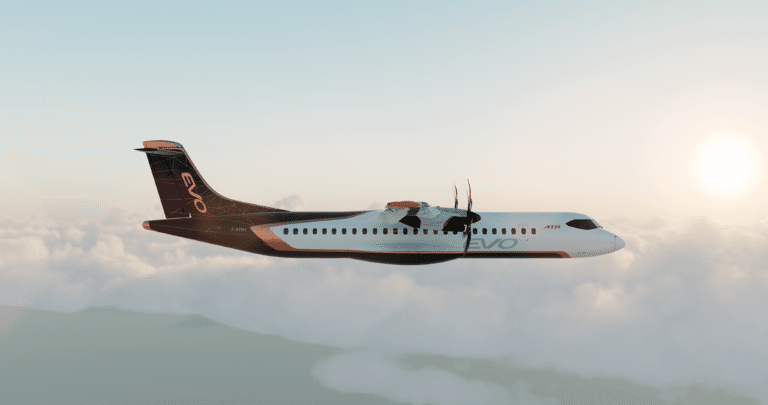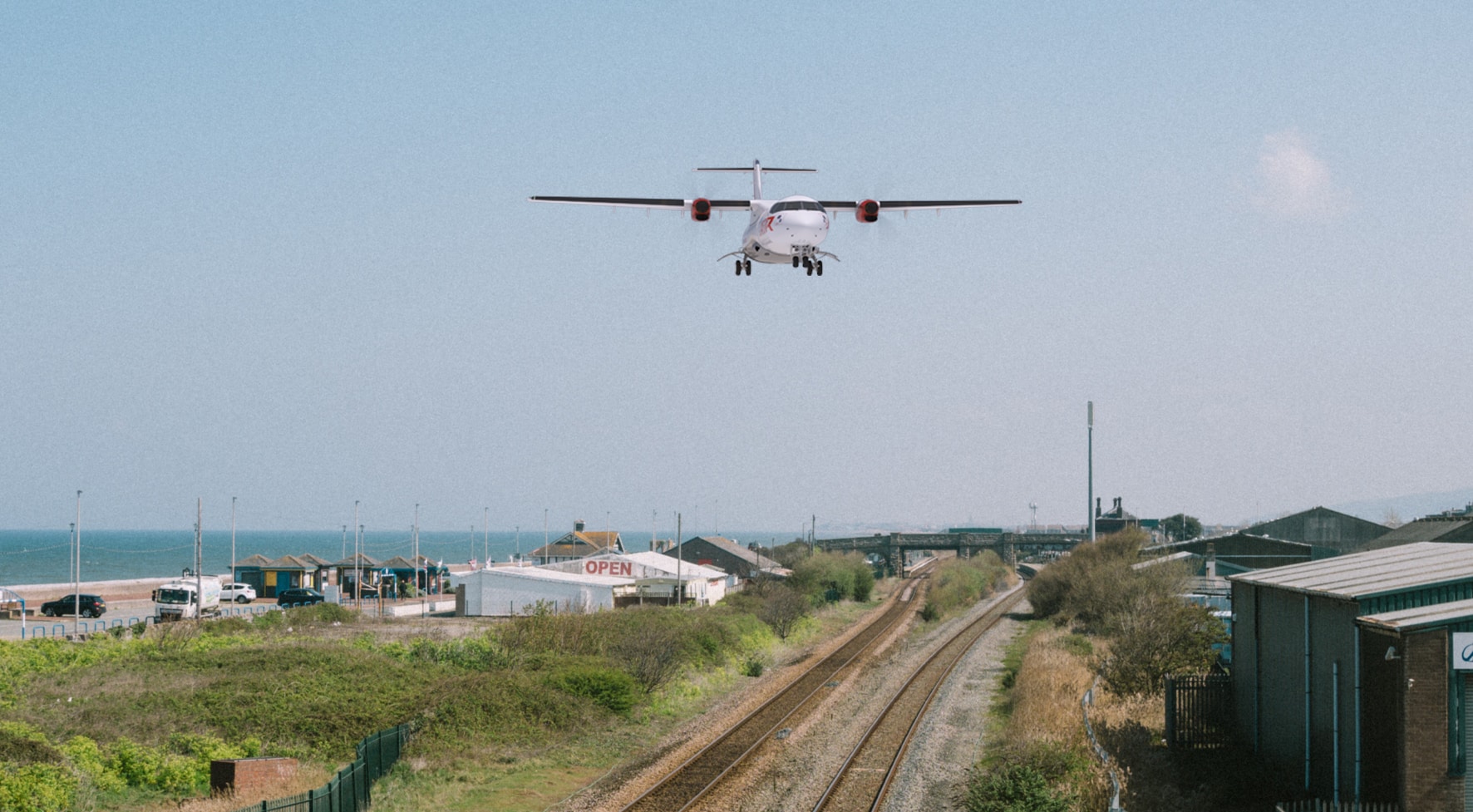Preserving our Human Need for Connection through Rail and Air
Regional transport is essential to the functioning of modern society, whether to access healthcare and education or for trade and commerce. As we all saw during the successive lockdowns of Covid, it is also vital to our mental and emotional wellbeing by enabling us to visit friends and loved ones. There is therefore a growing and legitimate need for connectivity globally, but also a burgeoning awareness of environmental factors. The solution has to be a regional rail/air synergy, where the essential role of each form of transport is taken into account and its respective advantages leveraged.
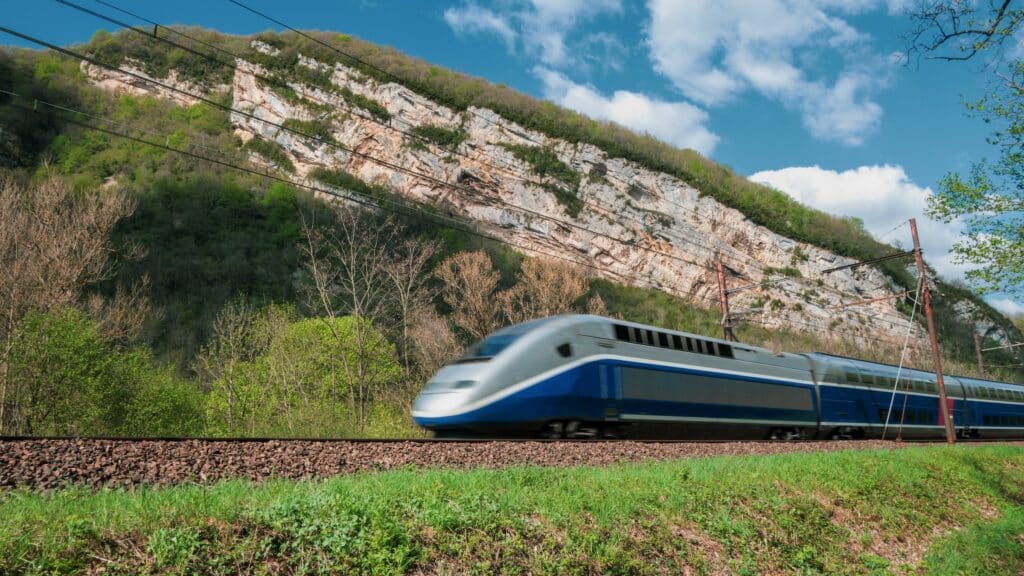
Choosing low-impact transport

With the consequences of climate change ever more evident, we all have a duty to ensure that the mode of travel we choose is as environmentally responsible as possible.
One option is indeed high-speed rail (HSR). Where such infrastructure already exists and demand is high, it is easily the most responsible option. The two-hour TGV* from Paris to Bordeaux, for example, can transport up to 600 passengers on every one of its 30+ daily journeys, with a very small CO2 footprint – just 1.7kg per person per trip.
However, in order for the construction of a new HSR network to be both financially and environmentally viable, traffic needs to be over 10 million passengers annually, very far from the half a million seats offered per year on our busiest European route. The paradox here is that connectivity is even more vital to regions with fewer inhabitants and therefore less traffic.
*Train à Grande Vitesse
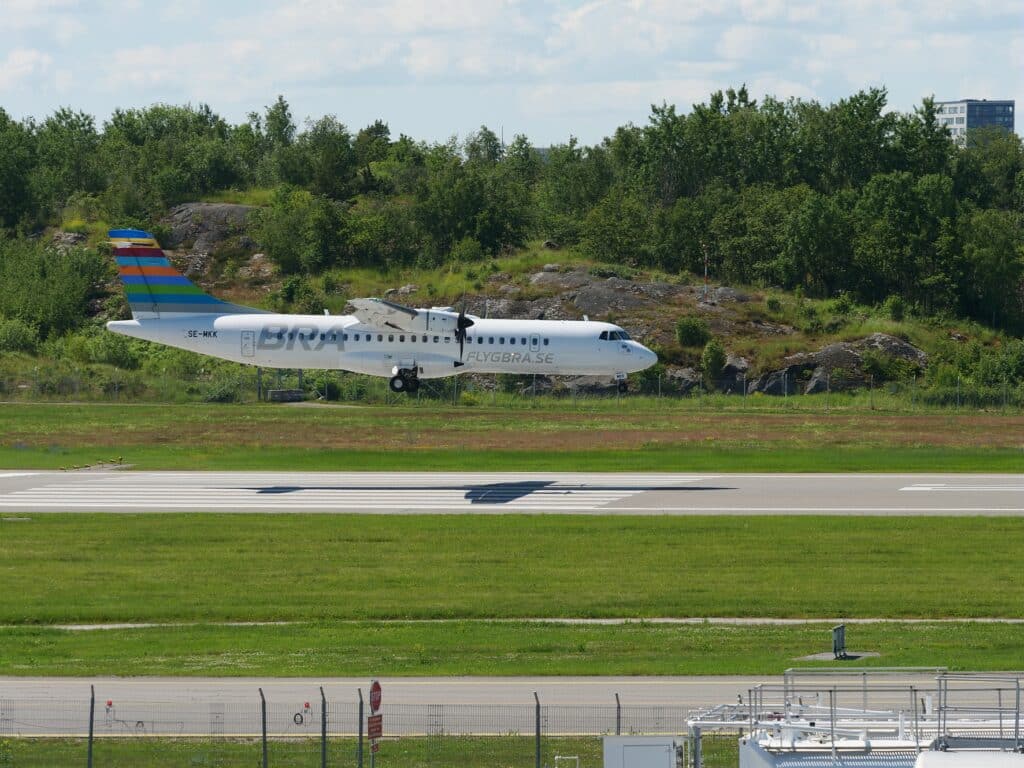
The Swedish Example

Take Sweden, for instance. Braathens Regional Airlines’ (BRA) regular service from Stockholm to Angelholm in the south of the country serves around 120 passengers per day across the 550kms (340 miles) that separate the two cities. To the 100,000 people who use it, this air link is absolutely vital for health, education, business and family reasons, the alternatives being a six-hour train journey, a six-hour car journey or a gruelling nine-hour bus journey.
As it is, BRA and its fleet of ATR 72-600s enable passengers to make the hop in 75 minutes and with less CO2 emissions than a sole-occupancy car – 56kg per passenger as opposed to 88kg. BRA even offers passengers a choice of flights powered 50% by Sustainable Aviation Fuel, further reducing CO2 emissions (34 kg per passenger). The CO2 impact will be further reduced by 80% over the entire lifecycle when 100% SAF flights can be achieved.
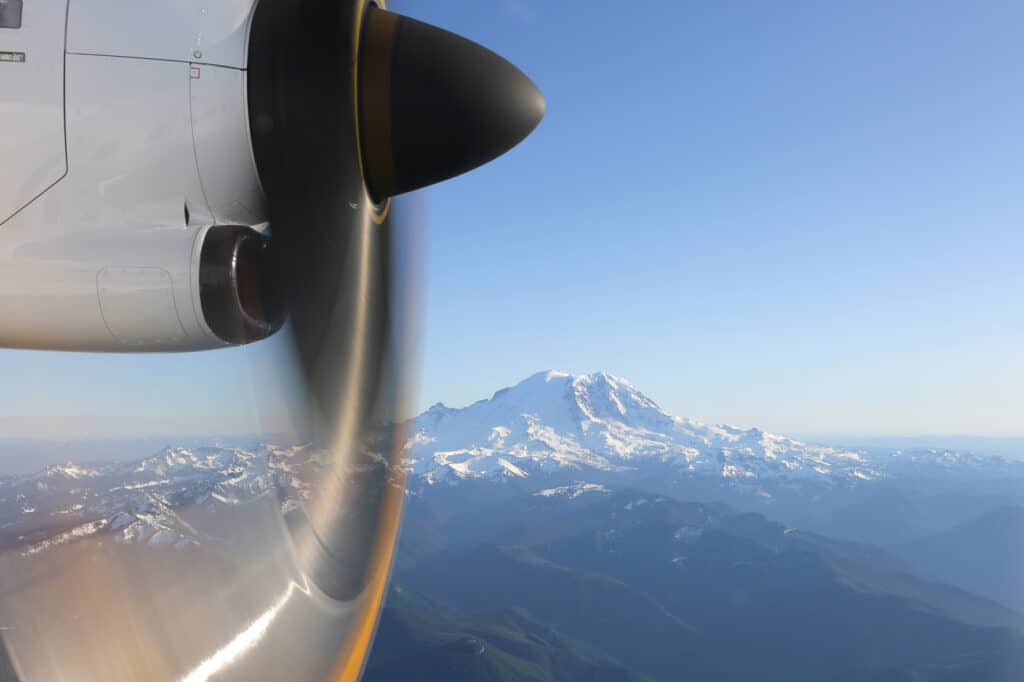
Mountain high, river low…

Regional aircraft don’t just serve low-demand routes, they also overfly difficult or impassable territory and operate from challenging airfields. Turboprops specifically are the only aircraft keeping 34% of airports served with scheduled connections to the outside world: mountainous regions such as the Himalayas, for example, or Finland with its 56,000 lakes and rivers, or island nations and territories. In fact, more than 65% of ATR flights in Europe are over water.
The Canaries are a case in point. The southernmost of Spain’s autonomous communities, they consist of seven inhabited islands separated from the nearest mainland of Morocco by 100 kms (62 miles) of sea, yet Binter Canarias and its 26 ATRs provide quick and regular access between the islands as well as to five Moroccan cities.
Air Corsica is another prime example. Part of France but located in the Mediterranean sea 230 km (123 miles) south of Nice, Corsica has no university hospital and many of its residents need to travel to the mainland for work or study. Air Corsica gets them to Nice in just 50 minutes as opposed to six hours or more by ferry.

Reducing air travel’s environmental footprint

This vital role for otherwise isolated communities needs to be preserved, but so does the environment. So aircraft manufacturers and airlines alike are doing their utmost to increase efficiency and reduce CO2 emissions. ATR turboprops already provide the most efficient and lowest emission form of regional air transport currently available. The 70-seater ATR 72-600, for example, emits 45% less CO2 per trip than a similar-sized regional jet, that’s 4,400 tons less per aircraft per year. Plus, unlike jet aircraft, it doesn’t form contrails which also contribute to climate change.

A synergistic network

It is clear that both air and rail are key elements in a modern interconnected and synergistic regional travel network, whose primary purpose is to serve our human need for connection – connections to loved ones, economic opportunities, healthcare and education. In order to ensure that we continue supporting connectivity, both rail and air need to be maintained and developed, while ensuring that the decisions we make and the developments we approve are as respectful of our planet as possible.






